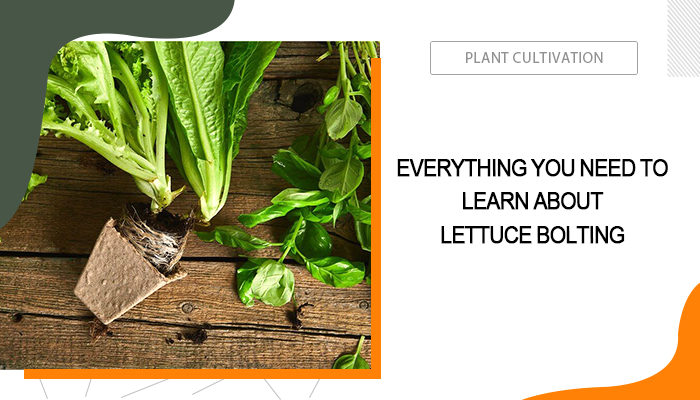Imagine: on a hot summer day, you're out in your vegetable garden, eagerly anticipating a bountiful lettuce harvest. As you approach your lettuce patch, you notice something strange - the once lush, green leaves have suddenly transformed. Instead of the tender, sweet greens you were expecting, the plants have shot up tall, woody stalks and the leaves have become small, bitter, and tough.
This is the dreaded phenomenon of "lettuce bolting" - a natural response in lettuce plants when they’re exposed to environmental triggers like high temperatures and long day lengths. Unfortunately, once lettuce bolts, the leaves become largely inedible. The once-crisp texture gives way to a fibrous, unpalatable quality, and the flavor turns intensely bitter.
Recognizing the signs of bolting and understanding the underlying causes is key to preventing this issue in the first place. Keep reading this post and have a better understanding of lettuce bolting and how to prevent it.
Table of Contents
What Is Bolting Lettuce?
Lettuce bolt refers to the process where the plant prematurely transitions from its vegetative state (producing leaves) to its reproductive state (producing flowers and seeds). Typically, this occurs when the plant needs to respond to environmental stressors, such as extended daylight hours, high temperatures, or a lack of water. Along lettuce grow stages, When lettuce bolts, it rapidly grows a tall central stalk, and the leaves become bitter and tough, making them less palatable.
Here is what bolting lettuce looks like:
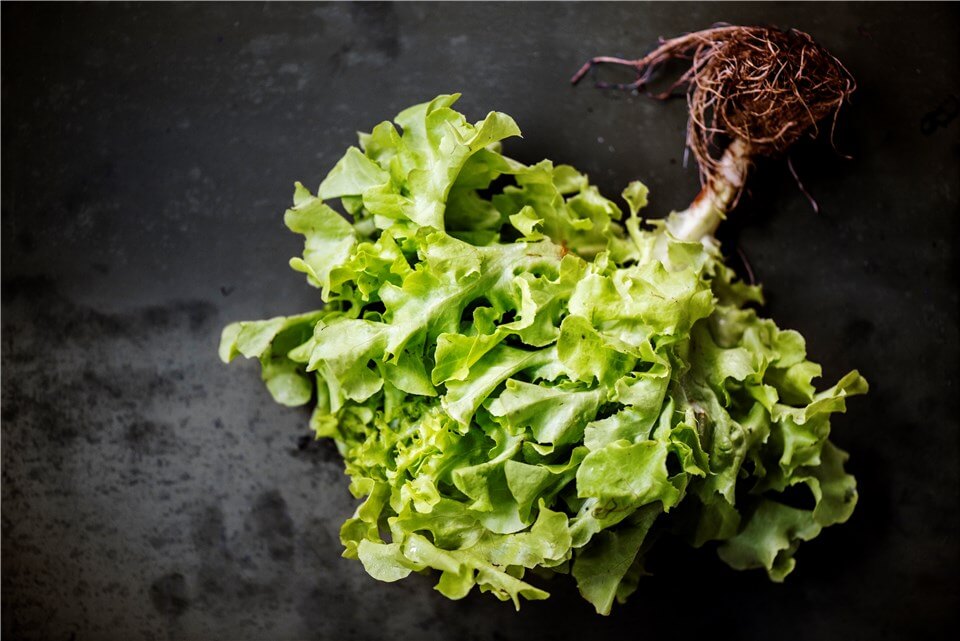
What Bolting Lettuce Looks Like
Bolting is undesirable for gardeners and farmers who aim to harvest tender and flavorful lettuce. Therefore, it’s often managed by planting bolt-resistant varieties, providing shade, or timing the planting to avoid peak heat.
Can You Eat Bolted Lettuce?
In fact, it is safe to eat bolted lettuce. Nevertheless, it is not recommended to eat bolted lettuce. This is because the lettuce bolting process diverts the plant’s energy toward producing flowers and seeds. When the lettuce plants are bolted, their leaves will become tough, bitter, and unpalatable. During the lettuce bolting procedure, its leaf quality declines, which makes the lettuce unsuitable for fresh eating. While the bolted plant may still be technically edible, the taste and texture are likely to be unpleasant. For these reasons, it’s better to discard bolted lettuce and focus on harvesting the crop before it reaches that stage of maturity.
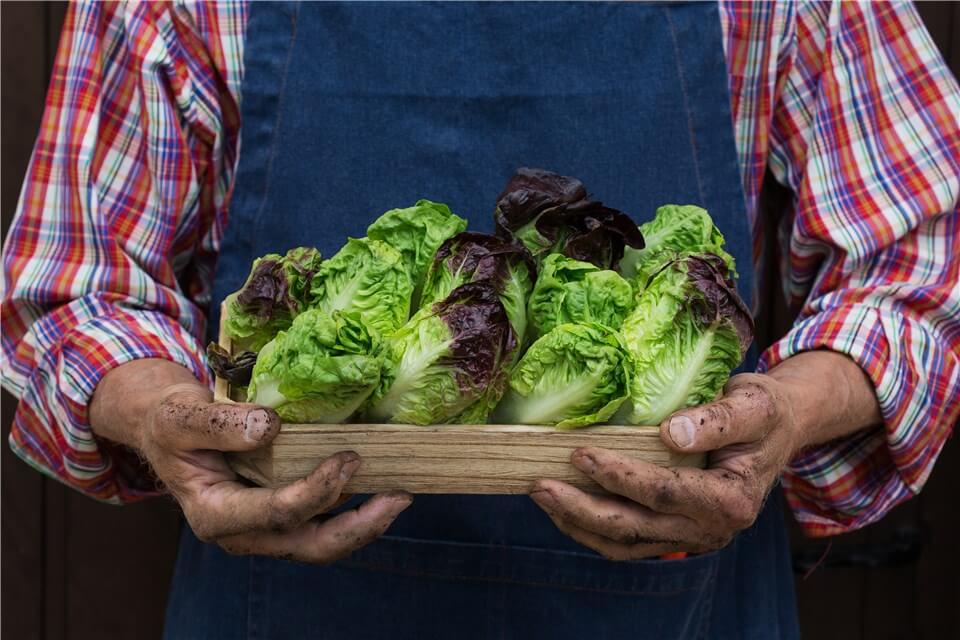
Can You Eat Bolted Lettuce
Why Does Lettuce Bolt?
As indicated in the last part, bolted lettuce results from the environmental triggers and plant maturity. Before learning what to do with bolted lettuce and how to prevent bolting in lettuce, let’s take a closer look at the main reasons why lettuce may bolt:
- High Temperatures: Prolonged exposure to hot weather, especially temperatures over 75-80°F, can induce bolting as the plant tries to complete its life cycle before dying.
- Long Day Lengths: Lettuce is sensitive to increasing daylight hours. As the days get longer in spring and summer, the plant perceives this as a signal to start flowering. In this case, you can use LED light to control and manipulate the light environment for lettuce.
- Plant Maturity: As lettuce plants age and reach a certain level of maturity, they become more prone to bolting, even in cooler conditions.
- Plant Stress: Any kind of plant stress, such as drought, transplant shock, nutrient deficiencies, or disease, can trigger the bolting response as the plant tries to reproduce.
What to Do with Bolted Lettuce?
When lettuce plants suffer from “bolt” or go to seed, it can be disappointing for gardeners who hope to enjoy a full harvest with fresh tender leaves. However, all is not lost! There are still several strategies you can employ to make better use of this bolted lettuce rather than simply tossing it in the compost.
From harvesting the remaining edible leaves to utilizing the entire plant, here are some creative ideas for what to do with bolted lettuce:
Remove and Compost
If the lettuce is fully bolted, with a thick, woody stem and bitter, tough leaves, the best option is to simply remove the plant and compost it. The bolted lettuce is no longer suitable for eating fresh.
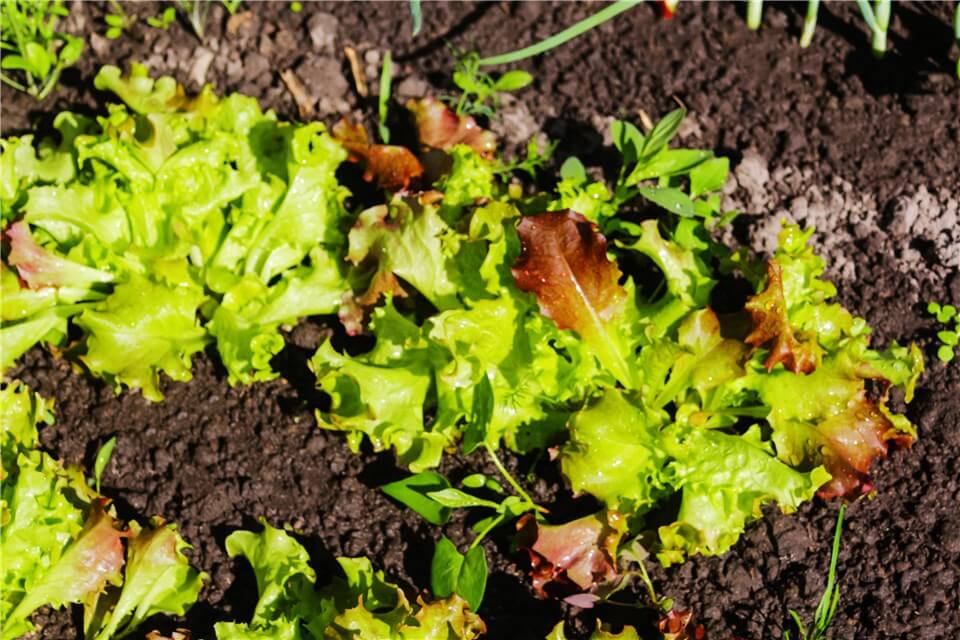
Remove and Compost Lettuce
Trim Bolted Lettuce
To trim bolted lettuce, first, identify the tall central stalk that the plant has produced. Using sharp garden scissors or pruning shears, cut the stalk down to the base of the plant. Next, remove the outer leaves, which are likely to be the most bitter and tough. You can then harvest the inner leaves, which might still be somewhat tender, though they may still have a mild bitterness. If the entire plant is too bitter, it may be better to compost it and start fresh with new lettuce plants. Trimming bolted lettuce can also help redirect the plant's energy, though once bolted, the lettuce will not return to its pre-bolting state.
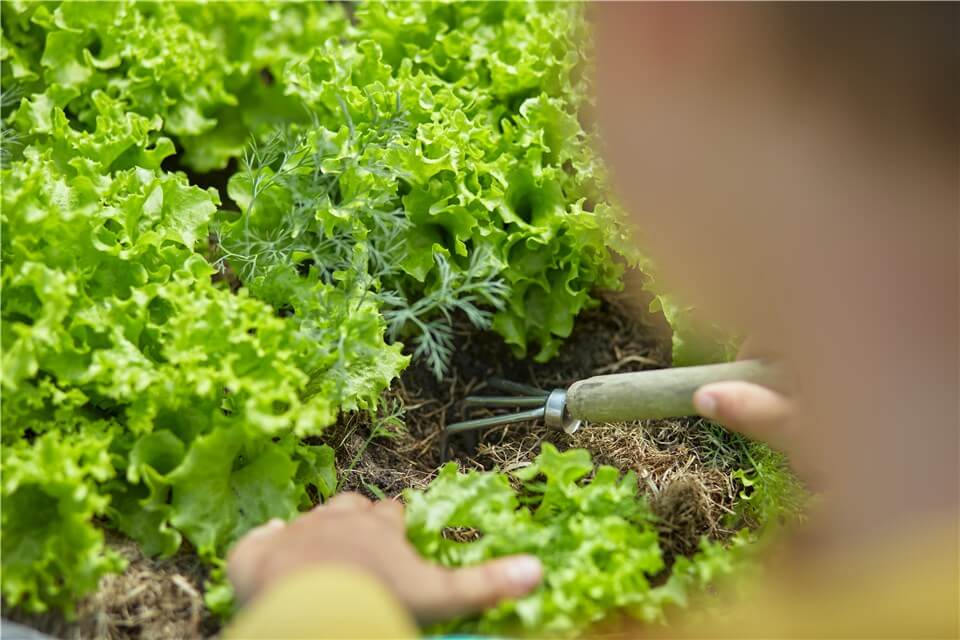
Trim Bolted Lettuce
Harvest the Leaves Early
If the bolting process has just begun, you may be able to harvest some of the remaining edible leaves before they become too bitter and tough. These can be used in salads or cooked dishes, though the quality will be diminished.
Allow to Flower and Collect Seeds
Bolted lettuce can be left in the garden to allow the plant to complete its life cycle and produce seeds. These seeds can then be saved and used for future plantings.
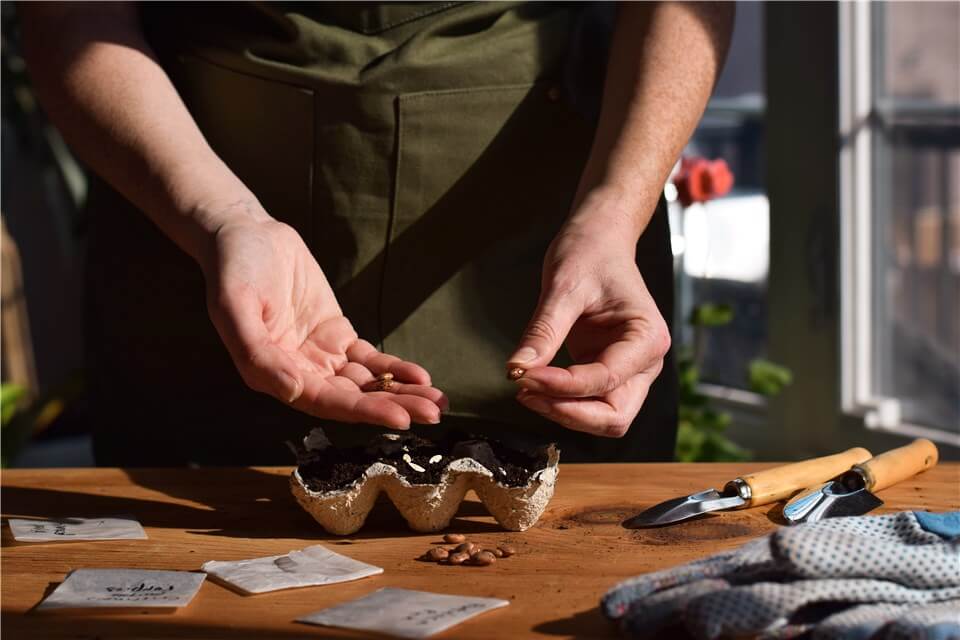
Collect Lettuce Seeds
Use in Stock or Animal Feed
The bolted lettuce plant, including the stem and flowers, can be chopped up and added to vegetable or chicken stock. Alternatively, it can be fed to backyard chickens or other livestock as supplemental feed.
Make Pesto
The young, tender leaves and stems from a just-bolted lettuce plant can be used to make a tasty pesto sauce, which can help mask the bitterness.
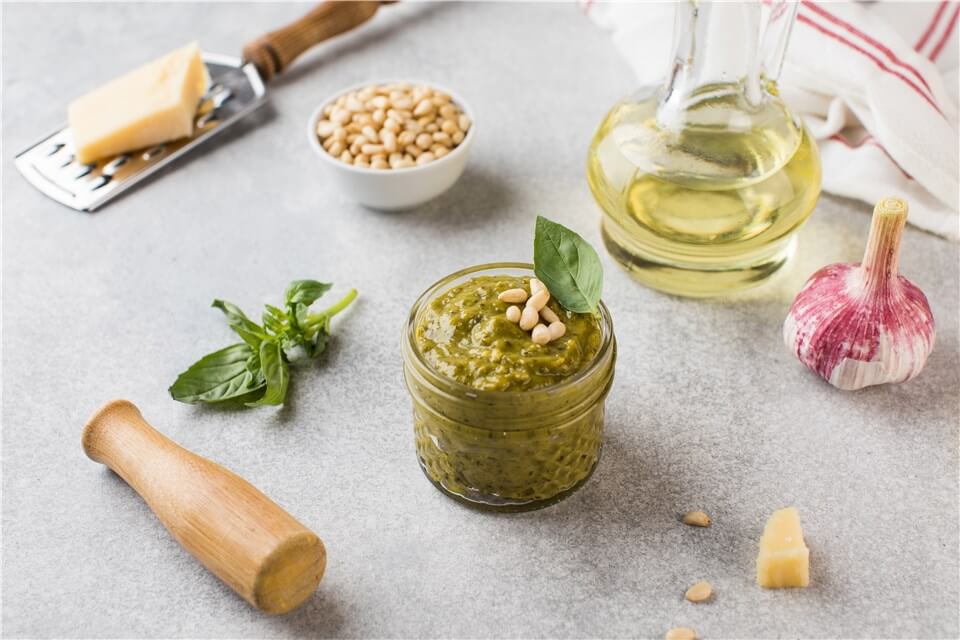
Make Pesto
How to Keep Lettuce from Bolting?
Preventing lettuce from bolting, or prematurely going to seed, is important for farmers to maximize the harvest window and maintain the quality of the leaves. By choosing bolt-resistant varieties, providing optimal growing conditions like shade and consistent soil moisture, and harvesting the lettuce before it fully matures, gardeners can delay or avoid the lettuce bolting process. Employing these cultural practices not only extends the period of peak leaf production, but also ensures a steady supply of fresh, tender lettuce throughout the season.
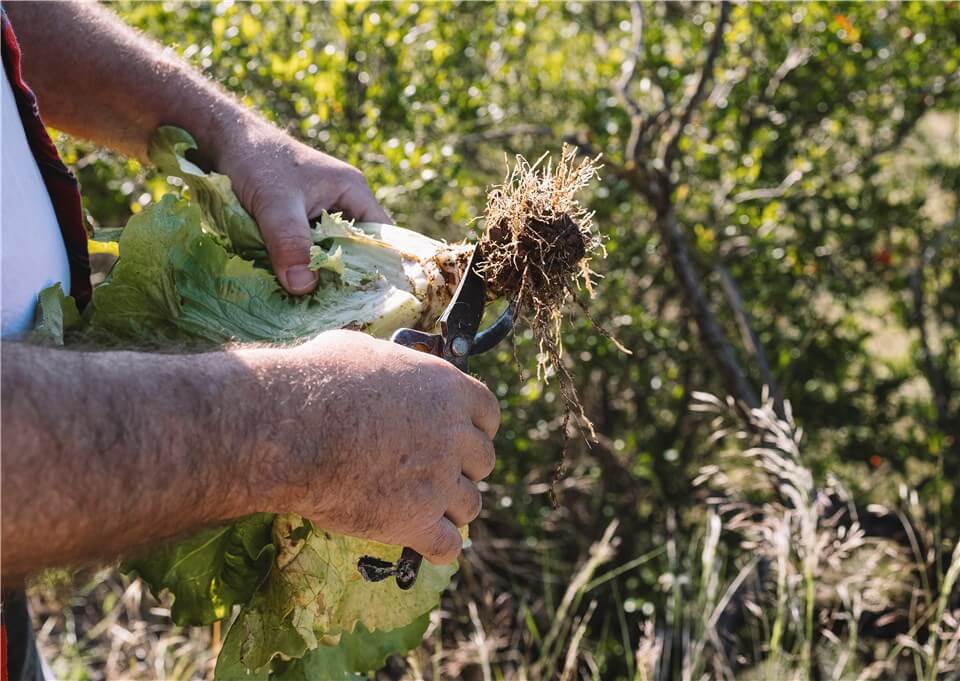
How to Keep Lettuce from Bolting
Here are some effective tips to stop lettuce from bolting:
- Choose bolt-resistant varieties: Select lettuce cultivars that are known to have improved heat and bolt tolerance, such as 'Inferno', 'Jericho', or 'Ezra'.
- Provide shade and cooler temperatures: Lettuce prefers cooler growing conditions, so use shade cloth, row covers, or plant in partially shaded areas to keep soil and air temperatures lower.
- Timely planting and harvesting: Sow lettuce seeds in the spring and fall when temperatures are milder. Harvest leaves before the plant fully matures and is triggered to bolt.
- Maintain consistent soil moisture: Drought stress can induce bolting, so water regularly and mulch around plants to retain soil moisture.
- Avoid transplant shock: Lettuce seedlings that experience transplant stress are more likely to bolt. Harden off transplants and plant them carefully.
- Fertilize appropriately: Apply balanced, nitrogen-rich fertilizers to promote healthy, vigorous leaf growth rather than early flowering.
Remove bolted plants promptly: As soon as you notice the telltale signs of bolting (elongated stems, small leaves), remove the affected plants to prevent seed production and spread.
Conclusion
Romaine lettuce bolting is a natural but undesirable response driven by heat, long days, and plant maturity. By understanding its causes and taking preventative measures like variety selection and environmental control, gardeners can avoid the bitter, tough leaves of bolted lettuce and maximize their fresh, tender harvest throughout the growing season.




